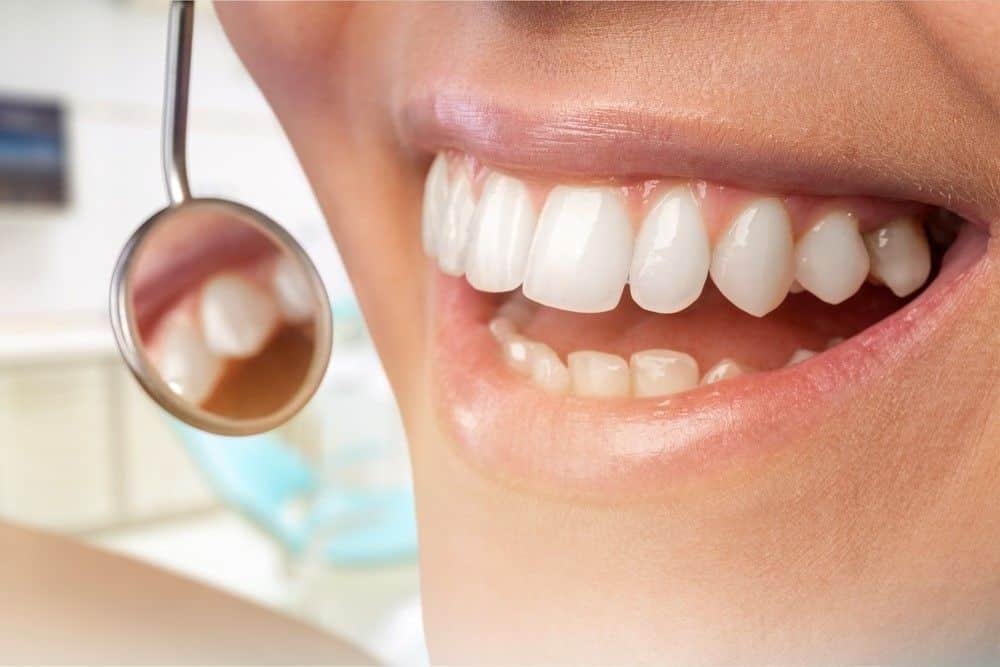Home » Dental Services » Restorative Dentistry » Root Canal
When a tooth’s blood or nerve supply (commonly referred to as the ‘pulp’) is compromised by accident, infection, or decay, the tooth’s nerve may die. In the past, this would have meant that the tooth needed to be extracted completely to prevent the area from becoming infected. However, root canal treatment now makes it easier to save teeth that are at risk of infected pulp.
Root canal therapy is a fairly involved procedure that usually requires two or three visits to the dentist.
Given that many people are put off by dental treatments in general, it is no surprise that root canal stories have been exaggerated and embellished. Rest assured that a root canal procedure should be no more painful than a standard filling.
If left untreated, pulp infection can easily spread across the root canal system. Infections are very contagious, especially in our mouths, which are ideal breeding grounds for bacteria due to their moisture and warmth. A pulp infection can easily develop into an abscess. If this occurs, bacteria-infected pus may pool under the gums, swelling them and making them hot and highly painful. At this stage, the dentist may continue to administer oral antibiotics and the tooth will need to be extracted entirely. The primary objective of root canal treatment is to eradicate any bacteria from the root canal to save the natural tooth.
Your mouth may be sore for a few days after root canal surgery. During this time, continue to restrict your diet to soft foods, abstain from smoking, and drinking. Once your root canal surgery is complete, you can care for your teeth by following a rigorous oral hygiene regimen that involves twice-daily cleaning, daily flossing, and the use of mouthwash.
Occasionally, a root canal-treated tooth can darken a few colors. This is becoming less common, so if there is any discoloration, you can see your dentist, who will be able to provide a remedy that will restore the tooth to a more natural color that matches the rest of your teeth.
